When I stumbled upon Corinne Takara and her team of amazing biotinkering teens (whom you can learn more about here: https://nestmakerspace.weebly.com/about.html ) I was amazed and excited by their thoughtful exploration of biomaterials such as mycelium (the root-like vegetative part of fungi) as a material to make toys with. More amazing examples of their work can be seen here: “The grow-it-yourself toy kit that makes biomaterial design fun” and here’s one of the original posts that sparked my interest in mycelium toys: instagram.com/p/BrisF25HqO8/
But why materials like mycelium and why toys? In the United States, we use a concerning amount of unsustainable plastics when producing children’s toys.
Mycelium can be a sustainable and biodegradable alternative to plastic and is already being used to replace things like the styrofoam that fragile items are packaged in. When mycelium grows, its fibrous structure can take the shape of almost any form that you place it inside of as long as it has the right substrate.I wanted to learn more about this strange material and its properties while thinking about designing sustainable children’s toys. Which led me to my first experiment: Giant tangrams. I loved tangrams as a kid, with a few simple shapes you could create so many different objects. I thought that the simple shapes would make for a more successful first experiment.

I used the grow-it-yourself mushroom material kit from Ecovative for my first experiments because they made the biotinkering process incredibly easy and provided easy-to-follow instructions. (in the future I hope to explore growing my own mycelium from locally sourced or store-bought mushrooms to extend my learning about these materials). And I followed their instructions for building your own custom growth forms: https://grow.bio/blogs/learn/how-to-make-your-own-growth-forms . Here are the results:

I also ended up conducting some mini-experiments with mycelium by laser cutting one of my test forms to see how that affected the feeling and flexibility of the form.
In this laser cutting experiment I cut a living hinge pattern into a block of mycelium to see how flexible the block could become.
In this experiment I tested some engravings at different powers and created a shape that felt like a button when pressed.
These short, simple experiments were fun! And I was left wondering why more makers, artists, designers, and tinkerers aren’t exploring the medium of mycelium. For anyone curious about diving deeper into the world of mycelium, here’s a list of resources I’ve started to curate of interesting mycelium explorations. This doc is editable so you can add to the list if you’d like:
